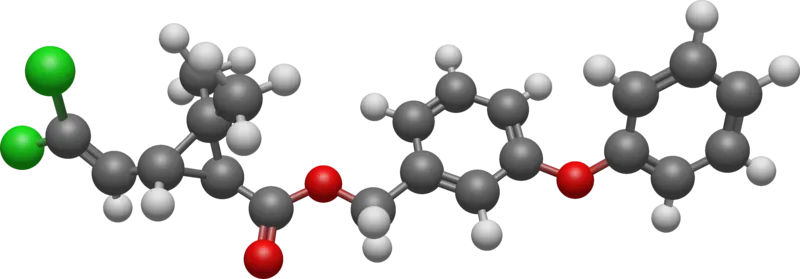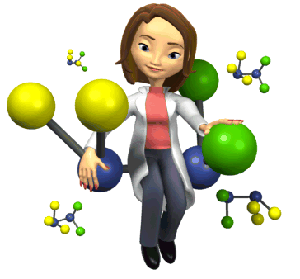There is no doubt that the excessive use of synthetic products has not solved the agrifood problem, taking into account the high production costs due to the need to purchase these industrial inputs at generally high prices.



▶ According to data reported by FAO in the 1990s, world consumption of pesticides was around three million (3,000,000) tons per year, where forty-six percent (46%) corresponded to herbicides, thirty-one percent (31%) to insecticides and eighteen percent (18%) to fungicides.

▶ Credits: Mely Rs – [Image of Public Domain]
≕ I invite you to stay tuned and read my next contribution ≔
In that decade, it was estimated that about four million eight hundred ninety-one thousand (4,891,000) hectares of potentially arable land, about one million seventy-six thousand twenty (1,076,020) are affected by water erosion, representing twenty-two percent (22%) of all these areas. Wind erosion affects eleven percent (11%), while chemical degradation affects approximately five percent (5%).
In the particular case of South American countries, the price of chemical products has not been a limiting factor for their application in most of the crops established in the country, using them excessively and indiscriminately, generating soil loss.

In recent years, this situation has led to a shift in agricultural activity towards the development of a more environmentally friendly agriculture that does not compromise the health of producers and consumers, that is socially, economically and ecologically fair, profitable and healthy.
NOTE: Reference material